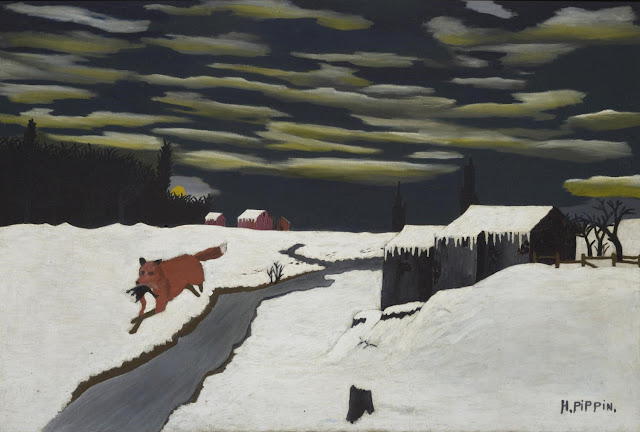Claude Monet, "Woman With a Parasol, Madame Monet and her Son"

It is a beautiful windy Spring day so I thought this wonderful image would be appropriate for this week. Is there a period of Art more liked and more famous than Impressionism and its great founder, Claude Monet (1840-1926)? With such a beautiful image as this, it is difficult to grasp why Monet and fellow painters had such a rough beginning. But they did. To Monet the way light fell and reflected color was everything, a revolutionary idea in his day. He painted outdoors stressing air and the movement of it and our painting this week is a perfect example. When done in 1875 , Monet was still a struggling artist. In our scene, it appears he is sitting down from his wife, most likely on a hill, as the son seems to be on the far side of the incline. The sun is strong casting deep shadows in the tall grass. So consider this a problem: if you taught painting and directed students to paint the wind, how would you guide them? A study of our painting of the week would be



